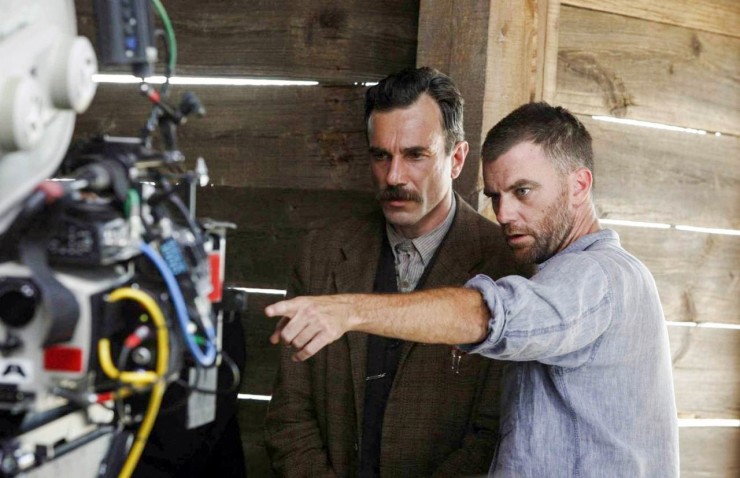
In a film climate that seemingly prioritises superhero films, sequels and commercial successes, driven and masterful directors are an invaluable commodity. Luckily, they are not yet extinct in the American filmic landscape.
The phrase and concept of the “auteur” originated in France in the 1940s, and became more emergent in the 1960s. It proposes that the director of a film ought to be considered the rightful architect of it; similar to the status of the author in the literary medium. Instead of looking to the collective contribution made on a film, this approach hones in on the artistic intent of the director. The first auteurs of cinema included Alfred Hitchcock, Howard Hawks, Orson Welles and Jean-Luc Godard.
Despite the criticisms of the auteur theory as ignoring film production as a collaborative process, it is irrefutable that some directors exercise a tight hold over their own work.
Auteurism can best be viewed in the vacuum of a collection of films helmed by a director. Commonalities in themes, actors, cinematography, music and settings often, but not exhaustively so, can reflect a director’s notable authority over the films he/she has made. For the purposes of this list, these commonalities will be explored in order to establish the directors as certified ‘auteurs’.
10. Spike Lee
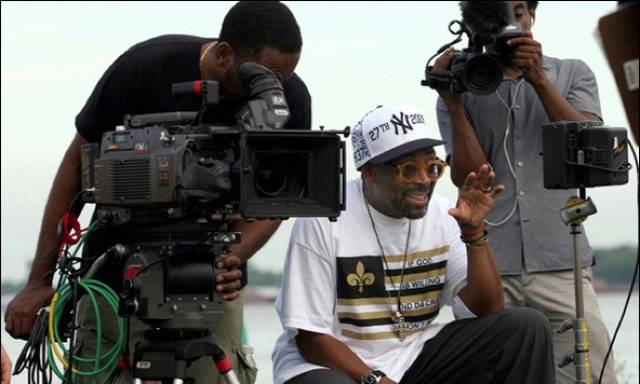
Spike Lee is certainly an important filmmaker, chiefly for his unapologetic and penetrating flair. Lee starts his films off in distinctive fashion, by assembling a standalone opening credits sequence. The sense of mourning contained in the introduction of 25th Hour (2002) and the assuredness of African American identity in the introduction of Do the Right Thing (1989) terrifically set the tone for the respective films in a memorable way.
Lee’s films generally relate to issues of racial inequality and African American empowerment. Drawing from his own experiences as a young African American in New York, Lee is certainly clear in expressing his desires for African American cohesion.
This is facilitated, to some degree, by having his characters break the fourth wall. In both 25th Hour, and Do the Right Thing, Lee asks of his actors to confront the audience with direct, piercing castigations of race and political relations in America, and also the world. Breaking the fourth wall, while used in films such as Ferris Bueller’s Day Off (1986), and more recently in Deadpool (2016), is not used by Lee without purpose. He is putting forth an appeal to his audience.
Lee has depicted both the merit and failings of African American culture. In respect of its successes, Lee has focused on their aptitude at basketball in He’s Got Game (1998), the closeness of family, and the power of music and dance to unite. At the same time, however, Lee has pointed out the problems with crime that African American communities have had to deal with.
Much of his work, however, is about promoting African American culture. This is in view in his film Malcolm X (1992). Since White directors had for years made films depicting White historical figures, such as Oliver Stone’s JFK (1991), Lee brought the story of Malcolm X and his racial and political activism back into the national consciousness.
In a similar way, Lee has continued to advance and discover African American talent. Most notably, Lee brought Rosie Perez into the limelight, as well as significantly aiding Denzel’s Washington’s career progression.
9. Richard Linklater
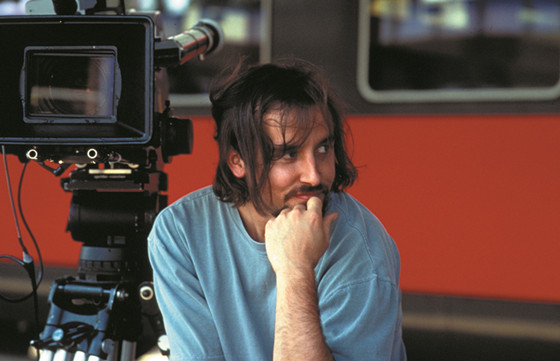
Richard Linklater is one of the few modern directors who is able to successfully consider a wealth of human feeling with verisimilitude. His style of filmmaking seems so simple, yet there are few (besides Alexander Payne perhaps) who can pull it off as well.
The premises on which many of Linklater’s films are based are relatively modest. Boyhood (2014) follows a quintessential boy’s growth into an adult, the Before Trilogy is about the development of love and connection between an American man and a French woman, and the School of Rock (2003) is about a class brought together by the power of music.
There is never any pretension even in sight of Linklater’s films; for he much more interested in the real workings of human relationships and emotions. This is readily reflected in the endings he writes for his films.
There is no preconception on Linklater’s part to provide the audience with an easy way out via a happy ending. Rather, Linklater forces his audiences to confront the human condition in the fashion that he sees it. The near flawless Before Trilogy tracked the unlikely yet wholesome love of Jesse (Ethan Hawke) and Celine (Julie Delpy) over some years, only to end on rather uncertain, precarious ground. Not only was this conclusion profoundly truthful, but it also revealed the simultaneous fragility and value of love.
In no way can Linklater be considered a conventional Hollywood director. He has regularly directed and written his own films on rather low budgets, with little consideration in respect of the commercial response to them.
8. Quentin Tarantino
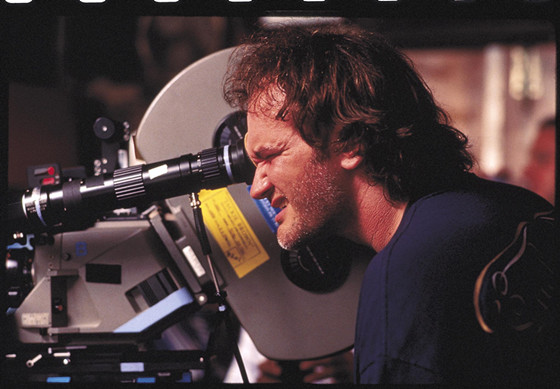
Tarantino frequently lauds that he did not receive a formal film education. He asserts unwaveringly that his filmmaking was developed by watching the films of directors that came before him. Although popular culture references are common in cinema, Tarantino has taken this so far as to make it one of his most defining features.
In a similar vein to the Exploitation film period of the 1970s, Tarantino is not averse to violence or bloodshed. To the contrary, in fact, Tarantino embraces it as a core element of any of his films, including his latest effort The Hateful Eight (2015). As a general rule, this ultra-violence occurs in the 3rd act of his films in order to give them an explosive finale. This is not always the case, however. Django Unchained (2012) constantly exhibits scenes of gross brutality throughout.
As he so often expresses in his interviews, Tarantino attempts to glorify and empower his characters through the relentless use of violence. Django (Jamie Foxx) in Django Unchained, the Bride (Uma Thurman) in the Kill Bill series and Butch (Bruce Willis) in Pulp Fiction (1994) all utilize violence as a means to an end.
Amid this, Tarantino’s screenplays are wordy affairs. To best exploit his dialogue, large ensemble casts are regularly enlisted. Some familiar faces in Tarantino’s films are Michael Madsen, Samuel L. Jackson and Tim Roth. Much of the dialogue written by Tarantino is purposely stark and inarticulate, bereft of pontification.
Contained within this, expletives and derogatory language run amuck, further grounding these films in depraved environments inundated with criminality and amorality. This particular application of dialogue is appropriately in line with many of the themes Tarantino regularly explores, such as revenge, acrimony, greed and guilt.
The use of the soundtrack, similarly, represents the creative control Tarantino has over his films. The sheer craziness invoked in Reservoir Dogs (1992) in the torture scene could not have nearly been as effective without Stuck in the Middle with You by Stealers Wheel. His regular collaborations with Italian master Ennio Morricone, who most recently won an Oscar for the Hateful Eight, adds another dimension to the raw and intransigent cinematic experience Tarantino gives his audiences.
7. Wes Anderson
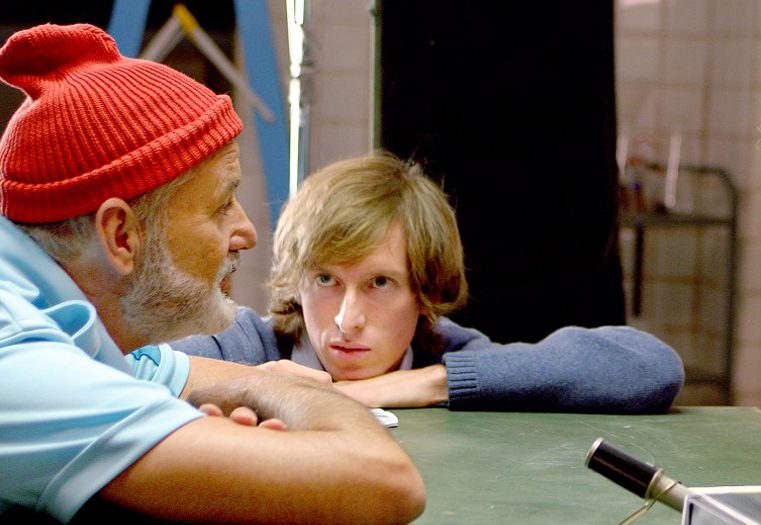
Hailed almost unanimously as the king of mise en scene, Wes Anderson’s popularity lies with his unique ability to depict oddball characters in a theatricalized reality. This has been a constant theme in his work from his debut film Bottle Rocket (1996) to the acclaimed The Grand Budapest Hotel (2014).
Anderson has retained extensive control over his work. Akin to other directors that feature on this list, Anderson writes, directs and produces his films. This translates into the imagining of similar characters, themes and visual styles throughout his filmography.
Anderson peppers the world of his films with iconic and flamboyant settings and costumes. The prominent pinkness of the interior and the exterior of the Grand Budapest Hotel, as well as the matching red Adidas worn by Chas Tenenbaum (Ben Stiller) and his sons reflect Anderson’s well-founded compulsion to visually engross the audience; for it is one of his greatest filmmaking tools. Even though such extravagance is commonplace with Anderson, it never ceases to lose its effect.
The characters that feature in these films are accordingly stylized and caricatured to fit into the world that Anderson has established around them. With the help of regulars such as Bill Murray, Jason Schwartzman, Owen Wilson and others, Anderson’s characters confront real-life issues with witty boldness. This is facilitated not only through Anderson’s writing, but also through his direction.
The scenes in Anderson’s films that are dialogue heavy, such as those featuring Schwartzman’s Max Fischer in Rushmore (1998), the screenplay certainly lays down the foundations for such quirky characterization.
At the same time, however, Andersons’ films nicely balance out the verbosity of some scenes with others that are more physically and visually expressive. For example, Luke Wilson’s Richie Tenenbaum is brought to life not through mere dialogue, but through Wilson’s performance and the way Anderson captures him with the camera.
Staging and use of the camera are central to the successes of Anderson’s films. The frequent presentation of long takes, tracking shots, long shots and actors entering and exiting the frame are often prominent features of his films. They are, moreover, an endless source of humour and absurdity. Anderson’s technical skill means that the entertainment of his audiences is easily sustained; as he can pull laughs from many different places.
What is also distinctive about Anderson’s films are the way they primarily deal with ordinary, human themes of love, companionship and identity. These modest sensibilities that are evident in the Royal Tenenbaums (2000), Fanastic Mr Fox (2009) and Rushmore are presented in such a unique way as to elevate the importance of human experience.
6. Terrence Malick
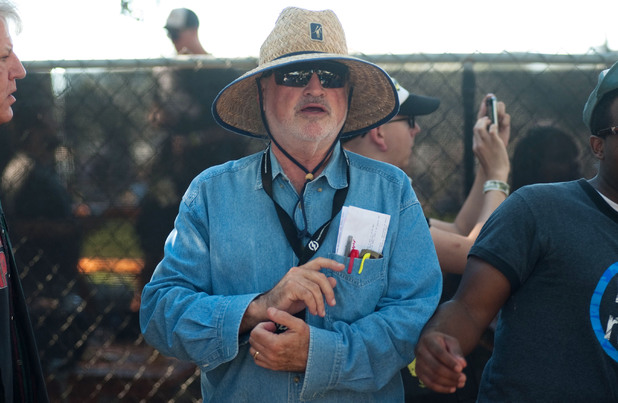
Malick does not get the respect nor recognition he deserves as the sole creator of his body of work. Often maligned for being ostentatious, Malick is nonetheless one of the more important film directors of the modern era.
Malick is renowned for never giving interviews, attending the Oscars, or even being seen out in public. This means that he is not influenced by popular opinion or external influences when creating his own films. His last three films, Knight of Cups (2015), In the Wonder (2013), and the Tree of Life (2011), have been met by critics with attacks upon the perceived lack of substance and narrative.
It is apparent this has had little effect on his filmmaking endeavours. Regardless of one’s thoughts of Malick, it is rather unanimous that he has an uncompromised authenticity as an auteur.
It is also important to note that Malick has indeed written and directed all of his films. This permits Malick to impart his creative intellectual vision upon such work unencumbered.
The overwhelming impression one would glean from Malick’s films is that he is, above all else, a visual technician. Many call his 1978 film ‘Days of Heaven’ the most beautiful film ever made. It is in fact Christian Bale’s favourite film. Malick’s attention to visual detail is unparalleled.
This is reflected through the vast environments in which he locates his characters: the Japanese jungle in the Thin Red Line (1998), the wheat fields in Days of Heaven, and the rural backdrop of the American South in Badlands (1973). With the sparse use of dialogue in his films, Malick communicates the emotionality, of which his films are mostly fuelled, through the filmic image.
Traditionally, this has involved long, sustained takes to evoke a kind of poeticism in the landscapes and the characters. More recently, though, Malick has drifted towards brief, disparate shots. This approach to his cinematography more so emphasises the ephemerality of feeling, and is more reminiscent of a series of photographs placed next to one another.
In all of his seven films to date, Malick has liberally uses the voiceover. Instead of breaking up the rhythm of the visual aesthetic he establishes with his shots, these voiceovers float over the image; uninterrupted. As with Badlands, Holly’s persistent yet illuminating voiceovers that recur throughout the film add weight to the chaotic beauty of the film.
At the same time, they act complimentary, and in concert with, the images being presented by Malick. The visual impressions of Holly’s strange entanglement with Kit is only reflected through her unsure, non-committal thoughts that the audience hears.